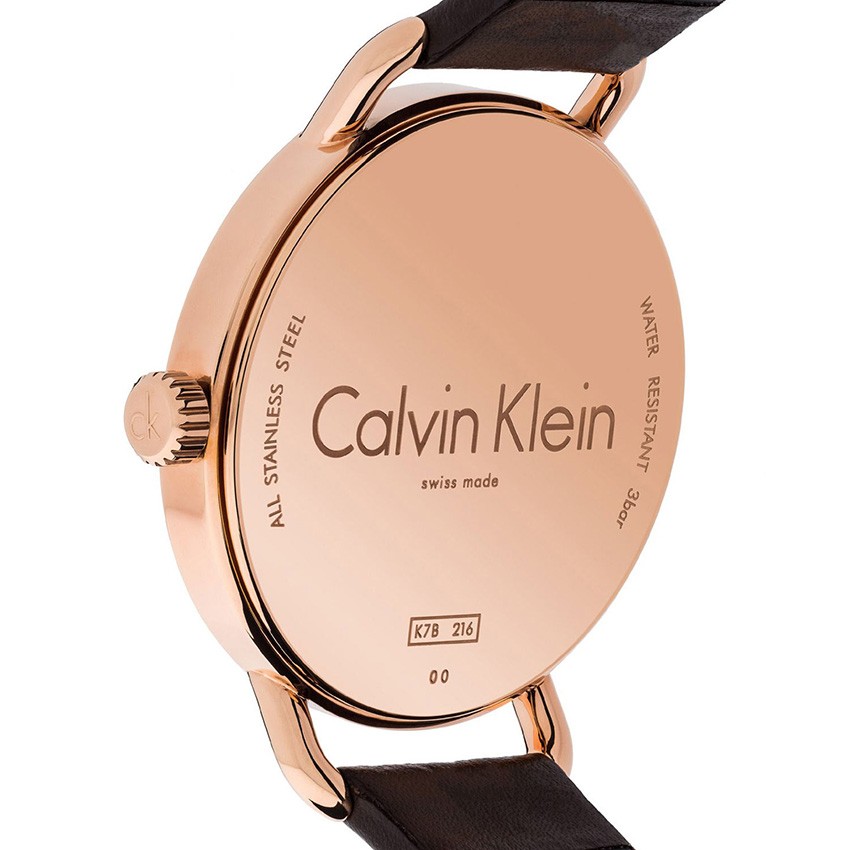
The use of marks diffused itself in every field where it was possible to apply it, so much that during the Medieval age, most of the Artisans Guild issued and registered a unique mark to each one of their members, which would distinguish the objects he made. Pottery makers from China, India, Greece, Rome, and Mesopotamia used various marks to display complex information: the maker of the goods, but also, the materials used and the origin of production, the earliest ones in China pottery dating back to 5,000 years ago. This practice was used also to distinguish other goods other than cattle and assert their originality. By 2000 BC, we saw trace in Egyptian funeral monuments of branded cattle using a hot iron. We find people practicing branding in cave paintings from the Stone Age - when they used symbols drawn in paint and tar. So, we have to come back to a practice - branding livestock - that is much older than the word. However, we must wait until the development of Middle English to see the term used as a verb “to brand”, in the meaning of “to mark permanently with a hot iron.” By the seventeenth century, it became a substantive again, indicating a mark of ownership made by branding. Originally, the term signified “piece of burning wood”, which became, through the application of the word in the myths, a way to define a “burning sword”. The word “brand” dates back to Old Norse, the ancient North Germanic language from which all the Anglo-Saxon languages derive.



Which is intimately connected with a word we often use in marketing, but we have almost forgotten for its original meaning: branding.
CALVIN KLEIN WATCH SERIAL NUMBERS SERIAL NUMBERS
This guide will show you how branding came about and how serial numbers are used. The serial numbers we most treasure in our high-end and luxury watches, guaranteeing their originality and value, are the evolution of a concept that is thousands-years old: the concept of property.


 0 kommentar(er)
0 kommentar(er)
